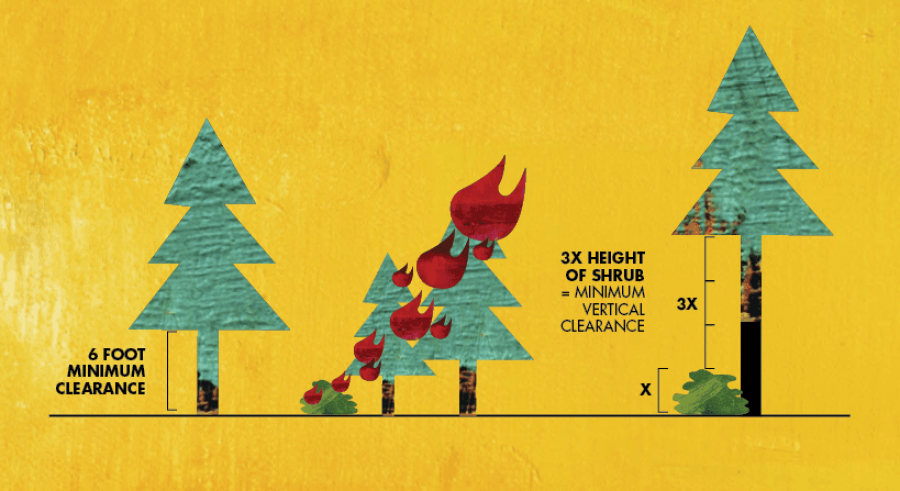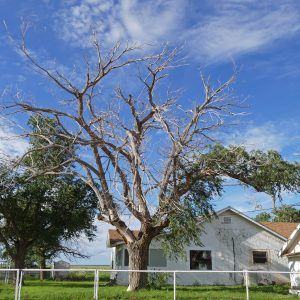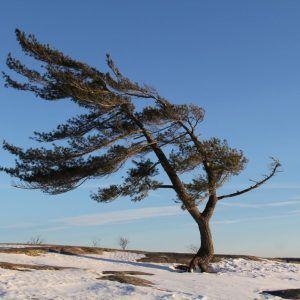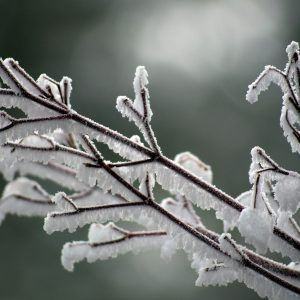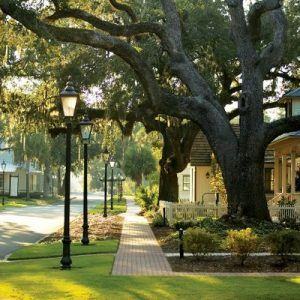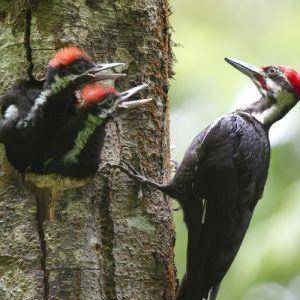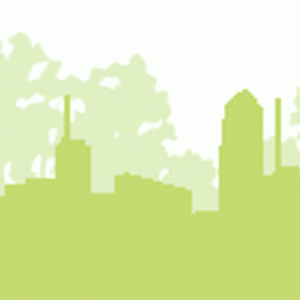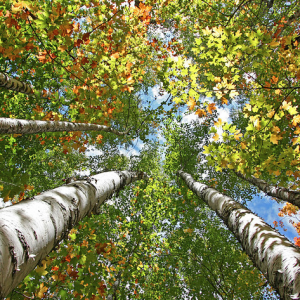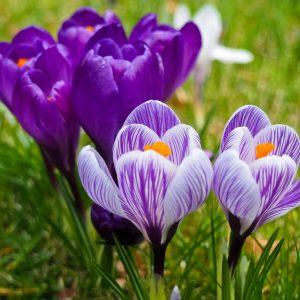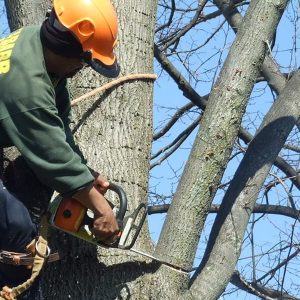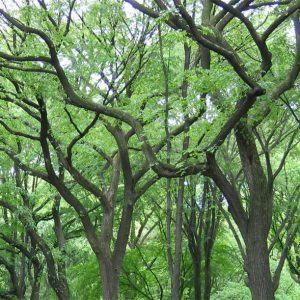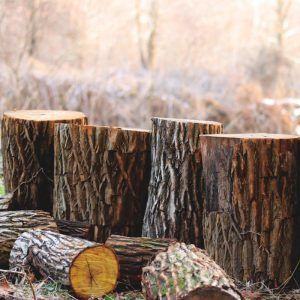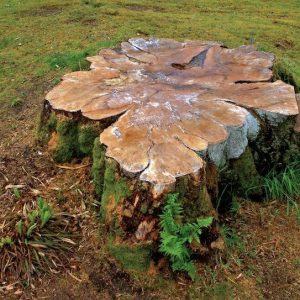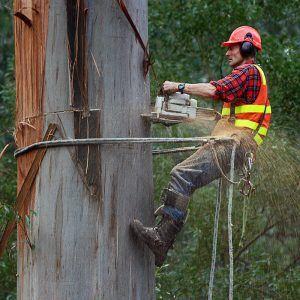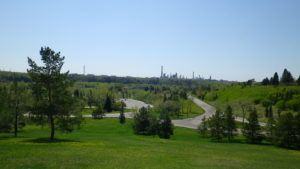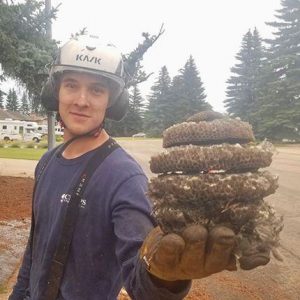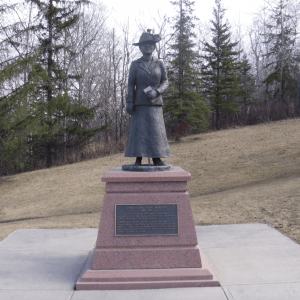Fire has been on the minds of everyone in Alberta the past few weeks. Even while crews and water bombers were in Fort McMurray, several brush fires started in and around Edmonton, even damaging homes in Wolf Willow. In Wolf Willow, high winds were blamed for blowing embers from a woodlot onto the roofs of houses. However, in residential areas near the river valley, park lands, or naturally wooded areas, safety-conscious landscaping can go a long way in protecting your property from brush and grass fires.
As the population of the region has grown, more subdivisions have been built in what’s called the “Wildland/Urban Interface.” This is where agricultural and residential areas neighbour wildlands, including wooded areas, fields, and parks. If you have a home or property in the interface area, you’re more vulnerable to brush fires – but there are ways to protect yourself. A combination of smart landscaping and high moisture plants reduce your property’s vulnerability.
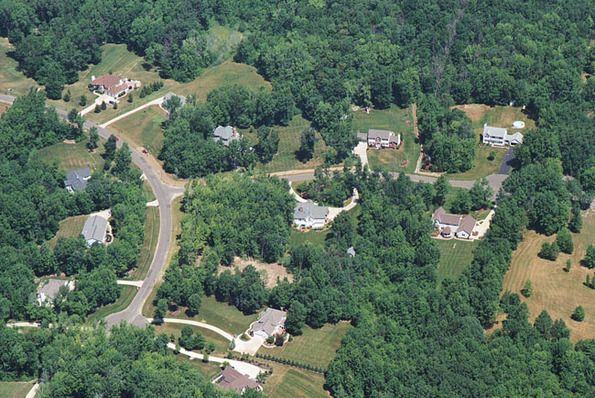
The idea behind defensible space is to thin out the vegetation on your property that allows flames to spread quickly and reach buildings. Defensible space is divided into two zones: Zone 1 extends 30 feet around your house, Zone 2 extends outward by 100 feet. In Zone 1, you should keep your yard clear of dead wood and dry debris, such as pine needles, leaves, and branches. You should also remove branches that are above your roof and shrubs that are near you windows. This can also help you keep pests away and protect your building from damage in wind storms. You can call Chipps Tree Care for tree pruning if you’re worried about damaging your roof or other plants in the process. They’re trained in low-impact rigging techniques that minimize the effects of trimming and removal services. Zone 2 is where you should create horizontal and vertical space between vegetation.
Vertical and Horizontal Spacing
Generous spacing between grass, shrubs, and trees can prevent flames spreading from the base to the crown. Clear a space of at least 6 feet between grass and the lowest branches, especially with conifers that brush the ground. If you already have shrubs near your trees, you’ll want to clear up to three times the height of the shrub. On flat land, keep ten feet between trees, or twenty on steeper slopes. If you’re not sure if removal is appropriate on your property, a Chipps Tree Care expert can give you advice.
Fire Resistant Shrubs and Trees
Finally, when you’re landscaping around your home, you can choose fire resistant plants. Some of these plants are often drought resistant as well, and can endure Edmonton’s periodic dry spells. Pines and spruces common to Edmonton can get very dry, but maples, poplars, and mountain ash are much more resistant. Common Edmonton shrubs that also work well include sumac, honeysuckle, buckthorn, and yarrow.
At Chipps Tree Care, we want to help you create a safe, healthy, and beautiful canopy on your property. Consult with us to find out more about what you can do around your home to minimize the risks posed by brush fires.


